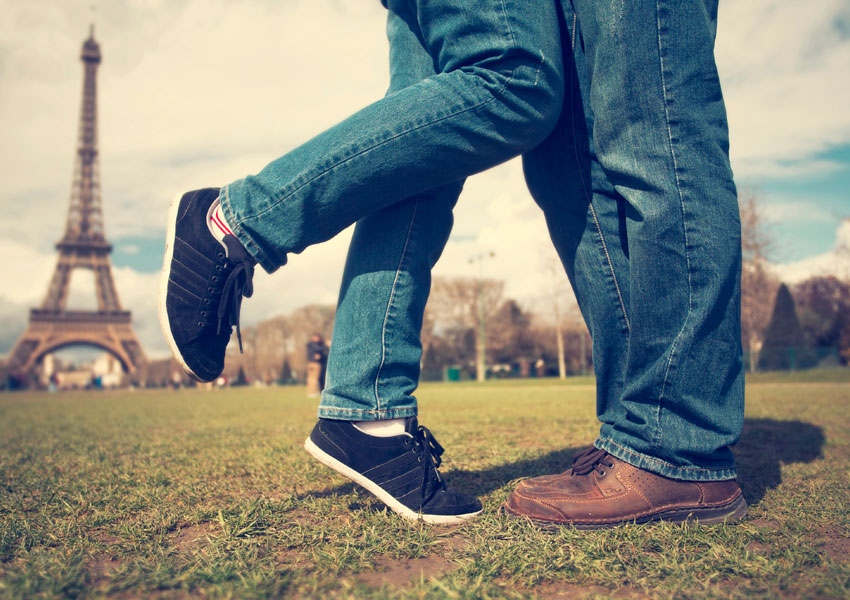Photography can be one of a web designer’s most powerful assets. We
can use it to transport users to another place and time. It can convey a
feeling and amplify a message.
Today, we’re going to focus on images that were taken on location.
This can cover anything from a stunning skyline shot of New York City
to a nondescript photo of a dirt road. Whether specific or generic,
these types of images can play an important role in the overall design
and content strategy of a website.
Along the way, we’ll show you some different techniques for
utilizing location-based photos to enhance your site. We’ll also share some stunning images that are available with
your subscription to Envato Elements. Home to nearly 700,000 stock photos, Elements provides you with unlimited access to a variety of top-quality design assets.
Ready to get started? Our journey around the world begins…now!
1. Create the Perfect Mood
A great photograph provides context for your content. Consider a
featured image at the top of a blog post. With just one look, a user can
gain a sense of what they’re about to read. It doesn’t necessarily
have to be an exact reflection of the subject matter. Rather, it’s
about setting the tone for what’s to come.
Perhaps no city on earth better sets a tone than Paris, France. And with Feet of couple kissing near Eiffel tower,
the spirit of romance will be perfectly communicated to your audience.
In addition, the inclusion of such an instantly-recognizable landmark
adds even more gravitas, without running afoul of complicated
intellectual property rules.
2. Beautify Your Content
Large background images are often used to call attention to a
specific piece of content. But not just any image will work. The photo
should have colors that complement your site’s design. Plus, the best
backgrounds tend to enhance your content, not distract from it.
Therefore, it’s important to use an image that isn’t too busy.
Not only would Sunset on the beach work well with dark color schemes, it would also make for an
outstanding background. The image is calming and scenic, allowing your
content to take center stage.
3. Add an Authentic Touch
If your content relates to a specific place, adding a relevant photo
creates a higher level of authenticity. A visual representation of the
location brings users closer to the experience and can heighten their
interest in what you have to say.
For instance, it’s one thing to simply write about a recent trip to
New York’s iconic Central Park. But adding an image such as New York City skyline over the Central Park, USA places this familiar site into your story. It creates that extra connection in people’s minds.
4. Create a Shared Experience
There may be times when you’ll want to go beyond creating a visual
connection to a place. Instead, you want others to see a little bit of
themselves. Subjects that are motivational or describe individual
concepts can really be enhanced by the right photo.
Take, for example, Cross Country Skiing.
It offers a first-person perspective of a skier about to take off. Not
only would this work for an article about skiing, but also as a
metaphor for any number of subjects. Readers will be able to place
themselves on that snowy mountain, helping you to demonstrate a point.
5. Broaden Your Appeal
Injecting familiarity into your content is a great way to appeal to a
wider audience. This can be achieved not only by including photos of a
specific place, but by utilizing more generic images as well. The key
is to think of ways to illustrate a concept in the broadest terms
possible.
An image such as busy traffic could be an effective means to illustrate the passage of time or the
rush of everyday life. Readers won’t have to necessarily know or care
about the location of the photo. Instead, they will relate to the
concept within the image itself.
Take Users to the Right Place
Location-based photography can provide an extra boost to just about
any website. Whether it’s a generalized image being used to create
atmosphere or a recognizable tourist destination, the right photo can
help you capture a user’s attention.
Try one of these techniques on your next project to make your content stand out.
Photography on Tuts+
Start learning more about photography, lighting, art direction, and Photoshop techniques with these Tuts+ tutorials.
